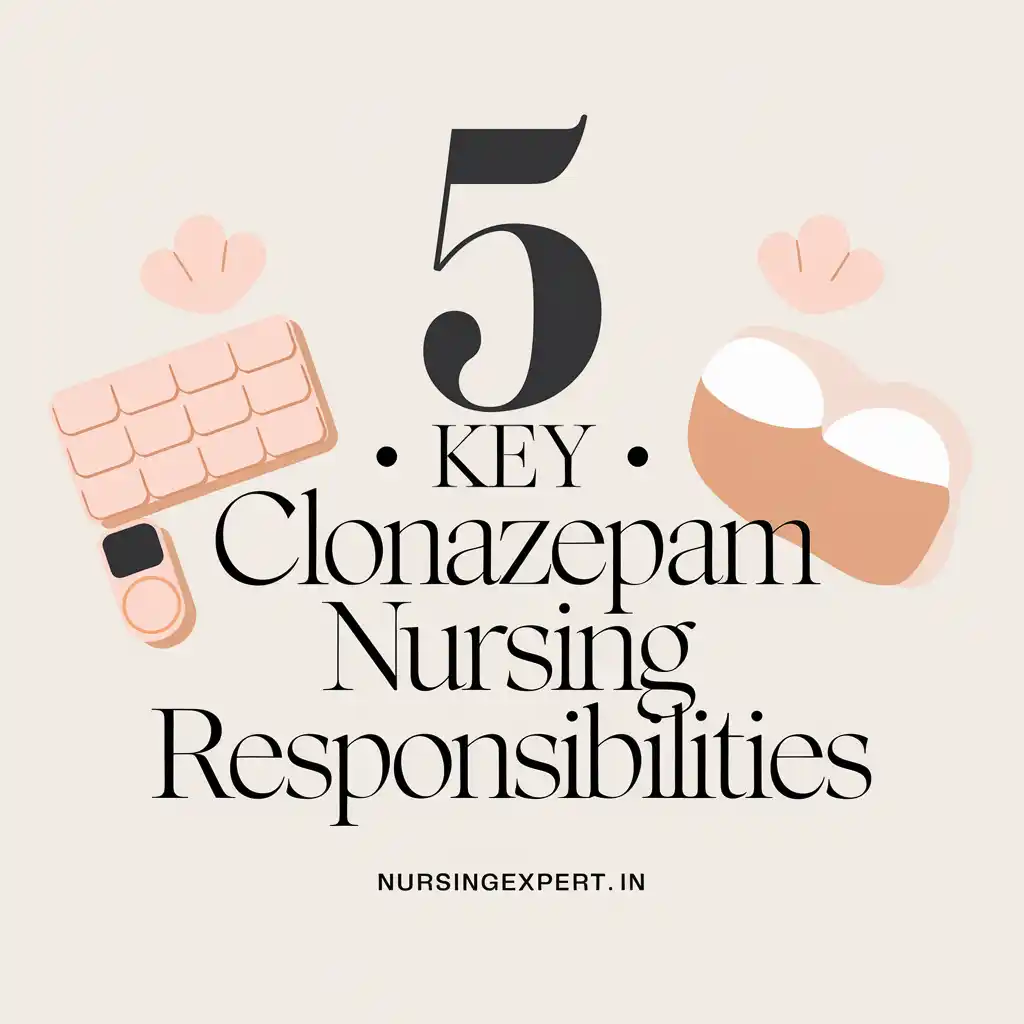Nystatin is a widely used antifungal medication that plays a crucial role in treating fungal infections, particularly those caused by Candida species. For nurses, managing nystatin therapy involves understanding its indications, administration techniques, potential side effects, and patient-specific considerations. This guide provides a detailed roadmap to ensure optimal patient outcomes while minimizing risks.
Thank you for reading this post, don't forget to subscribe!
Understanding Nystatin
Nystatin is an antifungal agent that targets the cell membranes of fungi, disrupting their structure and leading to cell death. It is particularly effective against Candida species, making it a first-line treatment for conditions like oral thrush, vaginal yeast infections, and diaper rash. Available in various forms—oral suspension, topical creams, ointments, and vaginal tablets—nystatin’s versatility requires nurses to be adept in its administration across different routes.


Pre-Administration Considerations
Before administering nystatin, nurses must conduct a thorough assessment to ensure its safe and effective use.
Patient Assessment
- Medical History: Screen for allergies to nystatin or its components.
- Infection Type: Confirm the diagnosis of a fungal infection, as nystatin is ineffective against bacterial or viral infections.
- Concurrent Medications: Check for potential interactions, though nystatin has few known drug interactions due to its minimal systemic absorption.
Contraindications
- Hypersensitivity: Avoid in patients with known allergies to nystatin.
- Systemic Infections: Nystatin is not suitable for systemic fungal infections due to poor absorption.
Preparation
- Dosage Verification: Ensure the correct form and strength of nystatin is selected based on the infection site.
- Patient Education: Inform the patient about the purpose of the medication and how to use it properly.
Administration Guidelines
Nystatin’s administration varies by form, each with specific protocols to maximize efficacy.
Oral Suspension
- Swish and Swallow: Instruct the patient to swish the suspension in the mouth for several minutes before swallowing to ensure contact with the affected areas.
- Timing: Administer after meals and at bedtime to prolong contact time.
Topical Cream/Ointment
- Application: Apply a thin layer to the affected area, ensuring the skin is clean and dry.
- Frequency: Typically applied 2-3 times daily.
Vaginal Tablets
- Insertion: Use the applicator to insert the tablet deep into the vagina.
- Duration: Continue use for the full course, even during menstruation.
Monitoring During Therapy
Ongoing assessment is crucial to evaluate the effectiveness of nystatin and detect any adverse reactions.
Clinical Signs
- Improvement: Look for reduced redness, swelling, or discharge.
- Persistence: If symptoms persist after a week, reassess the diagnosis or consider alternative therapies.
Side Effects
- Local Irritation: Mild burning or itching at the application site.
- Allergic Reactions: Rare but may include rash or swelling.
Managing Side Effects
While nystatin is generally well-tolerated, nurses should be prepared to address any adverse effects.
Common Issues
- Irritation: Discontinue use if severe; consider a different antifungal.
- Nausea: If oral suspension causes stomach upset, advise taking it with food.
Patient Reassurance
- Mild Discomfort: Inform patients that mild side effects are common and usually resolve quickly.
Patient Education
Educating patients enhances adherence and treatment success.
Key Teaching Points
- Complete the Course: Stress the importance of finishing the entire prescription, even if symptoms improve.
- Proper Use: Demonstrate correct application techniques for topical forms.
- Hygiene: Encourage good hygiene practices to prevent reinfection.
Lifestyle Tips
- Oral Care: For oral thrush, advise avoiding irritants like tobacco or alcohol.
- Clothing: Recommend loose, breathable fabrics for skin infections.
Special Considerations
Pregnancy and Breastfeeding
- Safety: Nystatin is considered safe during pregnancy and lactation due to minimal systemic absorption.
Pediatric Use
- Diaper Rash: Apply sparingly to avoid diaper occlusion.
- Oral Thrush: Ensure the infant swallows the suspension properly.
Geriatric Care
- Skin Integrity: Monitor elderly patients for skin breakdown or delayed healing.
Conclusion
Nystatin is a safe and effective antifungal medication when used correctly. By following these nursing considerations—assessing patients, administering properly, monitoring for side effects, and educating thoroughly—you ensure optimal care and patient satisfaction.


